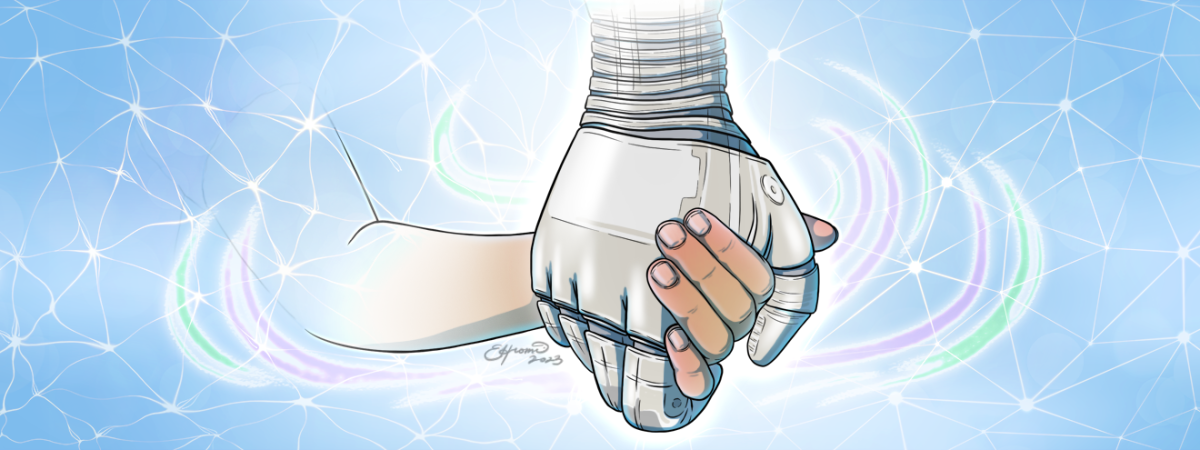After losing a limb, many individuals don’t cite their loss of functionality as their primary concern. Rather, they mourn their loss of physical touch—what some have called “the essence of the human experience.”
At the Human Fusions Institute, we’re pushing the boundaries of medical technology to extend physical touch for all people. Since Dustin Tyler, PhD, and his research team first implanted a sensory interface in a human in 2012, we’ve continued to blaze the trail for restoring the sensation of touch to someone with an amputation using prosthetics that provide vastly improved function and sensation.
Our technology offers autonomy to someone with an amputation, allowing users to complete tasks as simple as cutting up fruit and brushing their teeth and as meaningful as holding their grandchildren in their arms.
It works by translating engineering data such as pressure on a prosthetic device into neural code and transmitting that code back to the brain. The brain is able to interpret these signals, communicating the sensation of touch to the individual and allowing for the use of control commands.
We have designed two prosthetic systems: Our current prosthetic technology, which is gearing up for clinical trials, is a fully implantable system. We’re also developing a minimally invasive system that can be implanted in the doctor’s office with an ultrasound-guided injection.
Take a look at our prosthetic technology in action:


